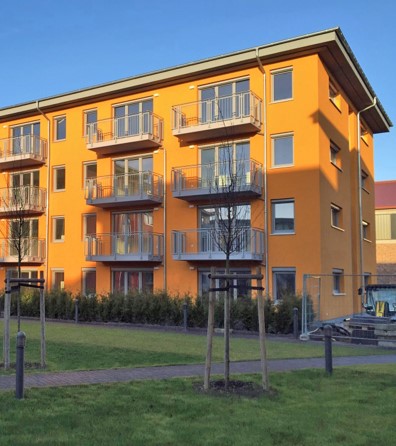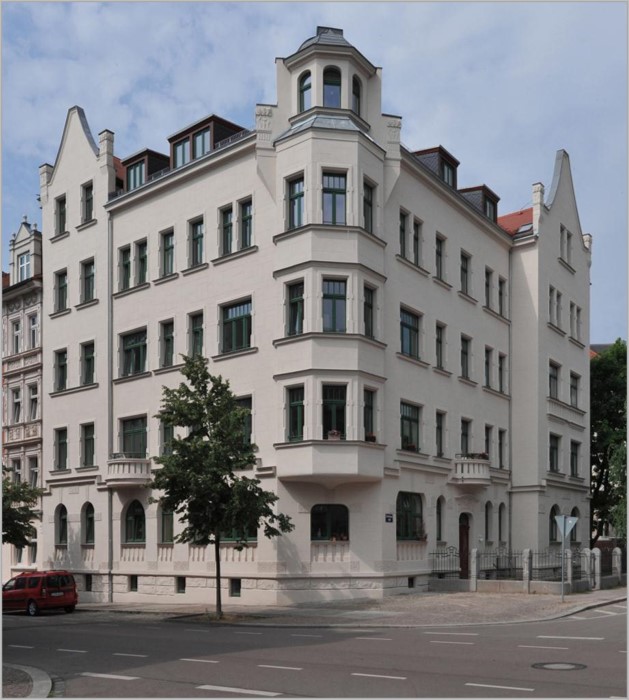Modernisation wave: From residential property to a treasure trove of gold - how investors can build sustainable wealth with existing properties
In a market characterised by constantly increasing demands for energy efficiency and sustainability, resourceful investors are recognising the immense potential of existing properties.
Prominent investor Warren Buffett shocked the industry in 2017 with a USD 377 million purchase from Store Capital. A targeted move that proved that existing properties are far more than just properties that retain their value. They are the foundation for long-lasting returns, even in turbulent times of construction costs and high interest rates. Pioneers like Sam Zell have shown the way - real estate student parties from another era can be made sustainably profitable through targeted modernisation.
New build vs. existing buildings: a surprising comparison
Whilst new buildings entice with their shiny facades and state-of-the-art technologies, an unexpected winner is lurking beneath the surface: the existing property. Thanks to innovations such as the new declining balance depreciation for wear and tear (AfA) for new buildings, new-build projects appear in a better light from a tax perspective at first glance.
A smart investor always backs different horses and therefore, in addition to new properties, also relies on the proven foundations of existing structures. Clever refurbishments that are at the cutting edge of technology and energy efficiency can transform existing properties into contemporary facilities that take the wind out of the competition's sails.
Existing properties as a social service
But it's not just about the money. Germany's housing market has urgent social obligations to fulfil. Increased demand for living space and higher requirements for ecological standards meet a network of established structures that help to provide solutions. Existing properties, modernised through intelligent refurbishment, not only offer affordable living space but also preserve the historical and cultural charm of the cities.
Practice shows that refurbishment expenses can be deducted in full as income-related expenses in the first few years, provided the costs do not exceed 15% of the value of the building (Section 6 (2) No. 1 EStG). Tax advisors are in demand like never before to orchestrate this financial manoeuvre in the best possible way and secure the best possible tax relief for their clients.
Sample calculation - The ideal scenario
Let's assume that an existing flat including an underground car park costs 315,300 euros. This includes a purchase price of 273,400 euros as well as an addition to reserves of 1,681 euros and a modernisation sum of 38,520 euros. Thanks to current tax law, renovations can be claimed for tax purposes in the year they are carried out if the property is let to a third party, as long as the amount does not exceed 15% of the value of the building.



Conclusion: The existing property - a hidden gem?
Absolutely! While new-build amortisation of over 40% over ten years seems tempting, an existing property often trumps it with an impressive 41.5% amortisation. Especially over a period of around ten years, existing properties often reveal their hidden advantages, which help the experienced investor to achieve lasting success. You should therefore also keep an eye on the secondary market.
The role models are clear: legends such as Warren Buffett and Sam Zell have shown the way. Today, by investing wisely in existing properties, you can not only achieve sustainable increases in value but also make a significant contribution to society. The market may change, but one thing remains constant - the solid, stable investment in property that lasts for generations.
Does that sound exciting? Then I would like to invite you to our property webinar! Click HERE and select a date!

Kind Regards
Matthias Holzmann


